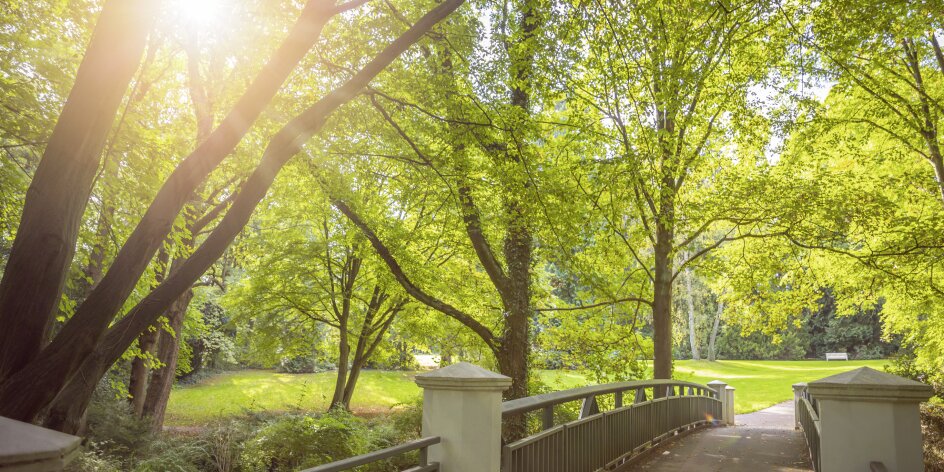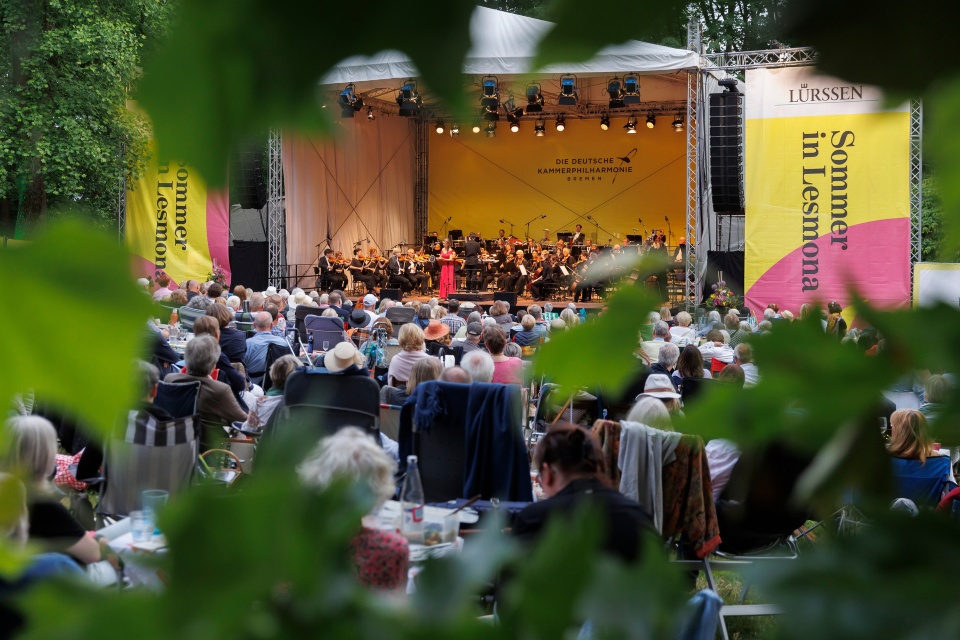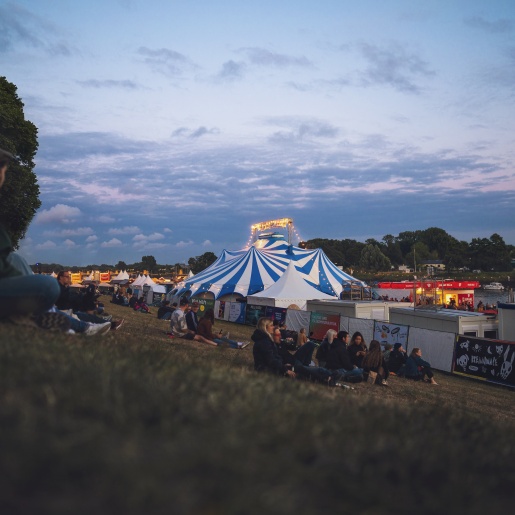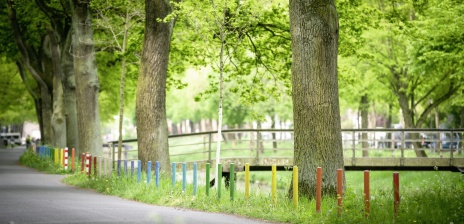Knoops Park

© WFB / Carina Tank
Between Lesum and the street "Auf dem Hohen Ufer" lies Knoops Park, a garden complex from the 19th century. The historic park is particularly suitable for long walks to marvel at its well-tended plant stands. Every year, the Sommer in Lesmona enlivens the park with classical music.
The Park's History
In 1859, the Bremen industrialist Ludwig Knoop bought the "Mühlenthal" estate, where he spent the summer months with his family from 1861 to 1868. A few years later he had Mühlenthal Castle built in the English Tudor style and lived there with his family from then on. He commissioned the famous landscape designer Wilhelm Benque, to whom Bremen also owes the Bürgerpark, to design its green spaces. In the extensive landscape park, Benque created effective contrasts with viewing platforms in the style of Italian Renaissance gardens. In 1936, the property became the property of the city. A life-size bronze statue of the former founder - made by artist Claus Homfeld - commemorates its creation.
Strolls and Classical Music Festival
Thanks to constant maintenance and expansion, visitors to the park can now admire carefully planted plants and trees on around seven kilometres of walking paths. The park's own children's playground is located directly on the banks of the Lesum. The park itself hosts the annual classical music festival Sommer in Lesmona as part of the Lesum Culture Days. Current dates, events and guided tours of the park can be found on the homepage of the Knoops Park Association.

© Jörg Sarbach
You might also be interested in...

Vegesack
© bremen.online GmbH/ Foto: Dennis Siegel

Culture and Events
© Jonas Schmidt
